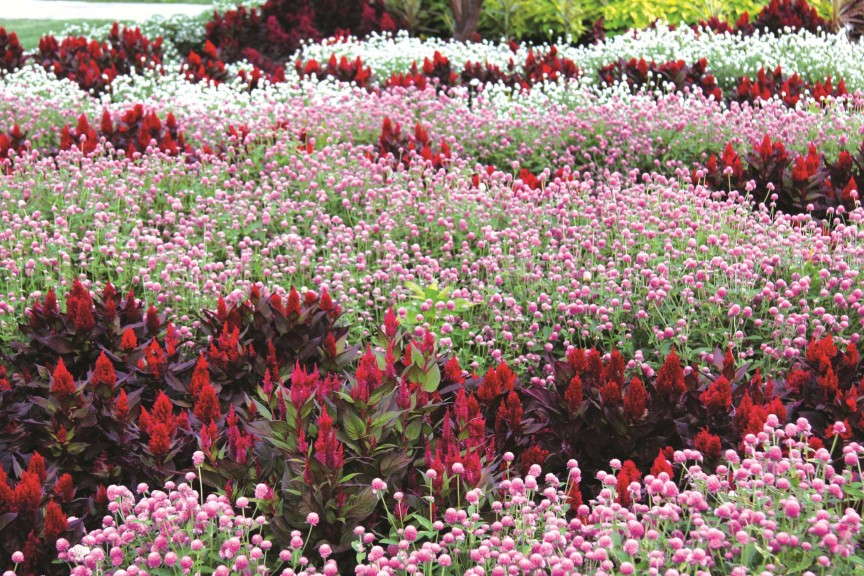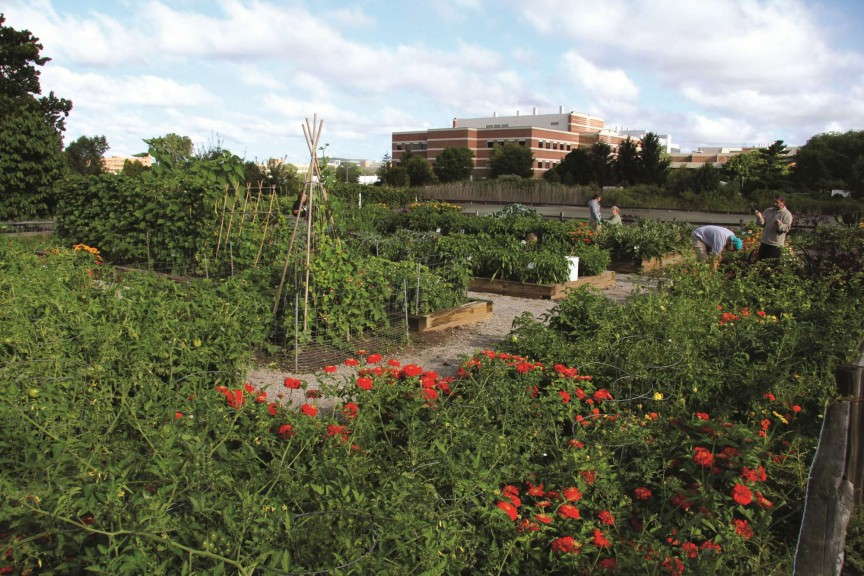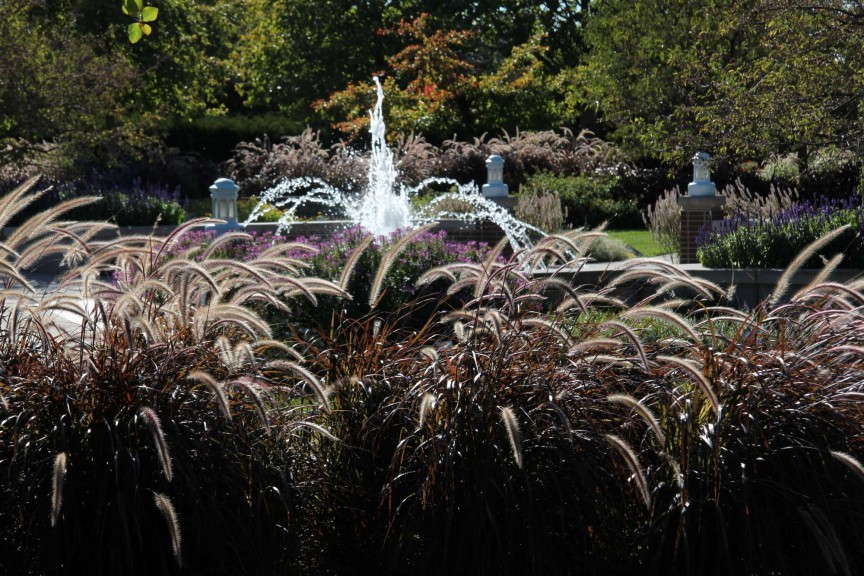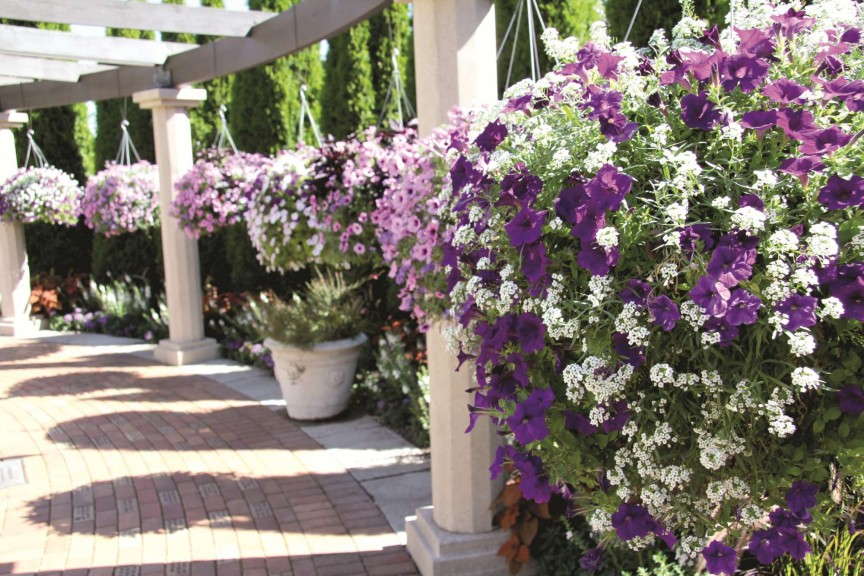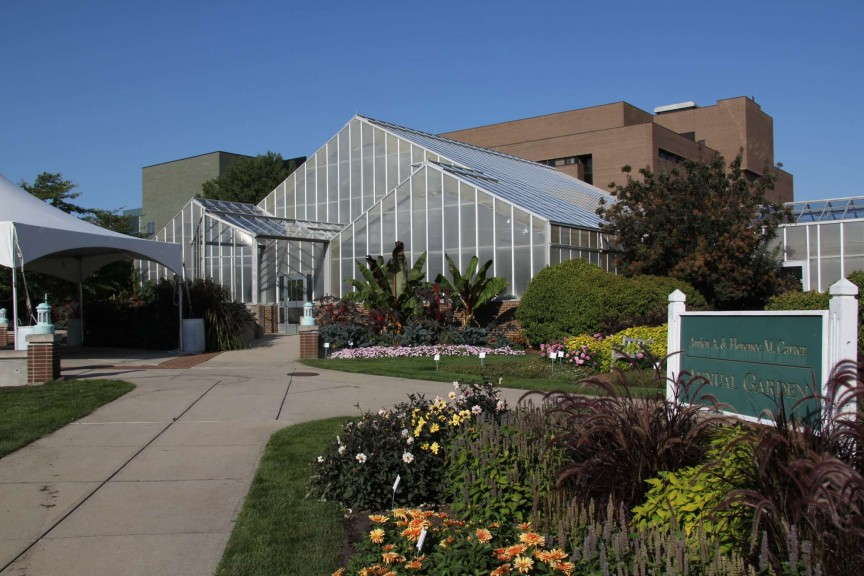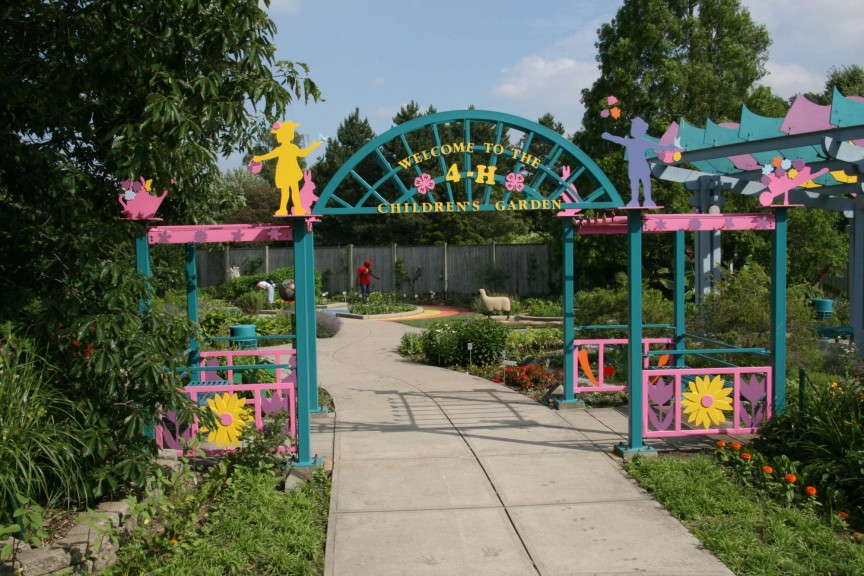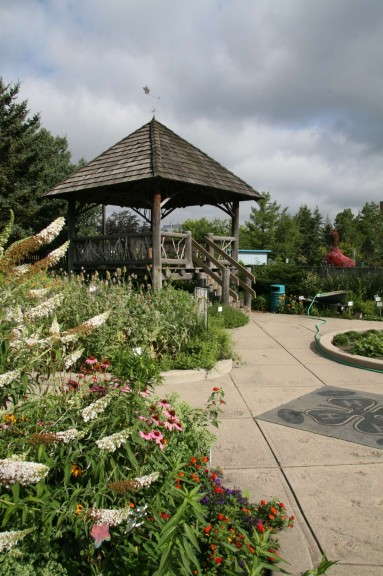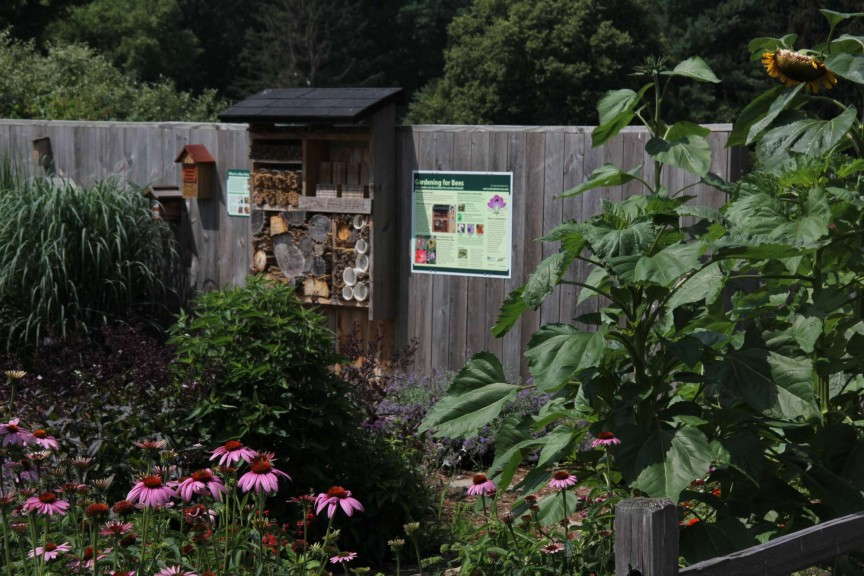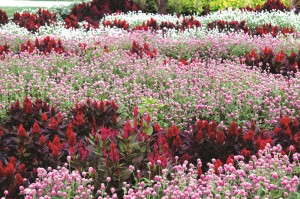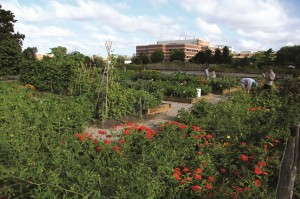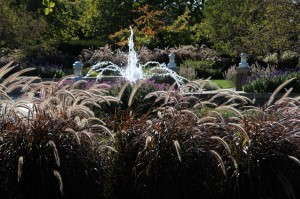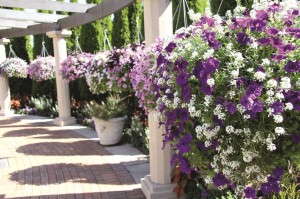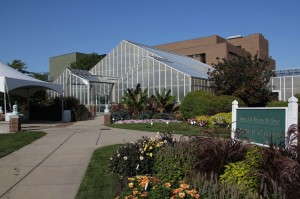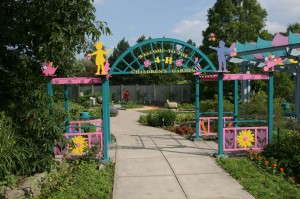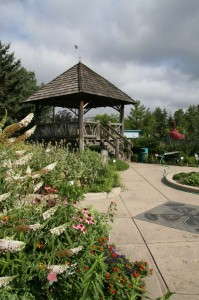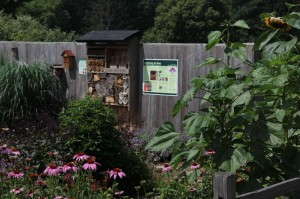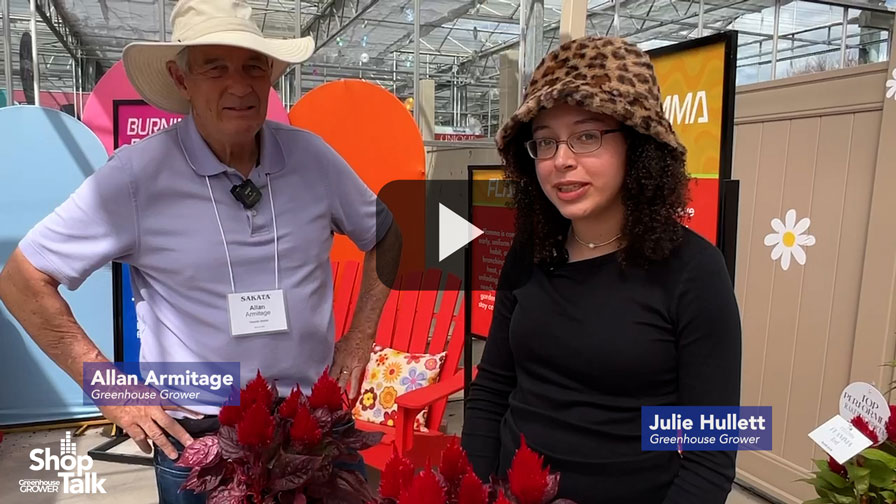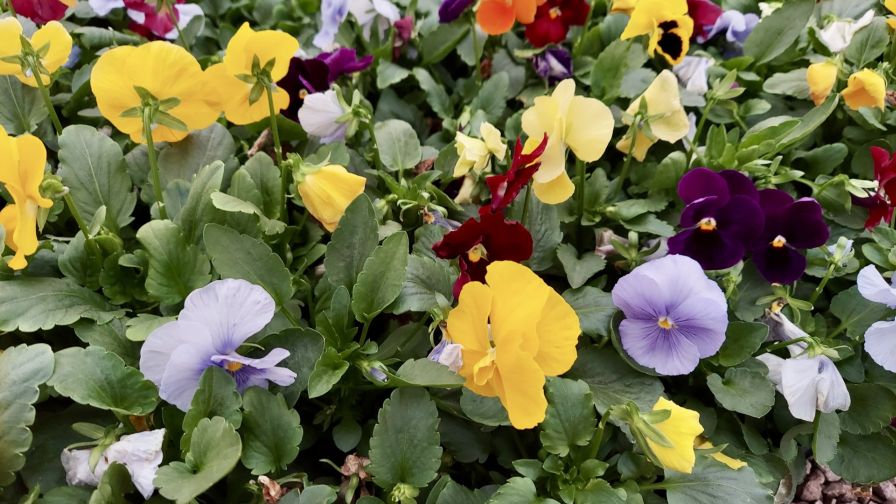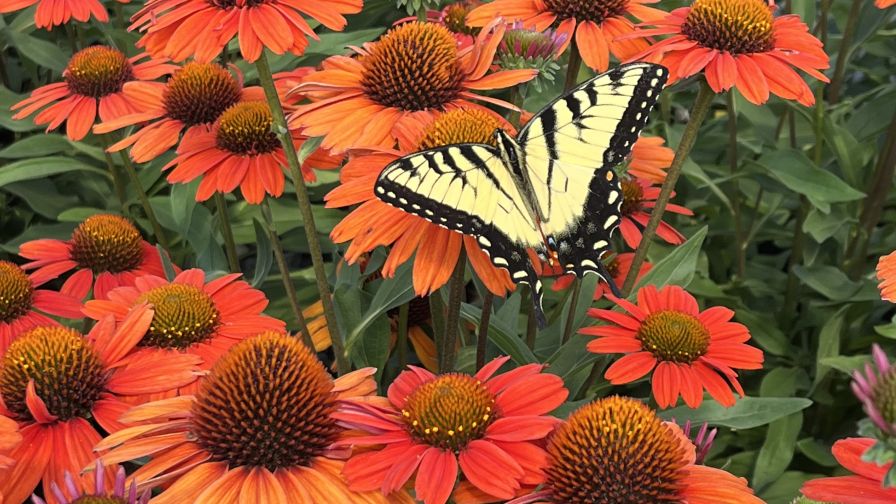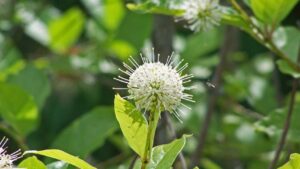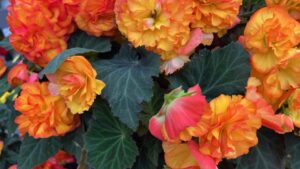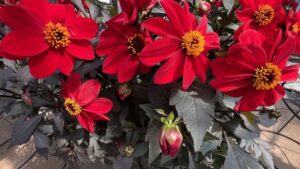MSU’s Horticulture Gardens Celebrate 20 Years
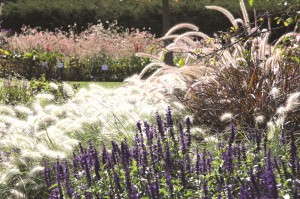 This year marks the 20th anniversary of Michigan State University’s (MSU) Horticulture Gardens, which were dedicated in 1993. This is a significant milestone, to be sure, but not when compared to the history of our university.
This year marks the 20th anniversary of Michigan State University’s (MSU) Horticulture Gardens, which were dedicated in 1993. This is a significant milestone, to be sure, but not when compared to the history of our university.
We are certainly proud of our accomplishments while being conscious of our past. In fact, MSU has a long history of demonstration gardens, going back to its origins in 1855. Photos show that by the late 1850s, there was a working fruit and vegetable garden located in the center of campus. Under the guidance of the faculty, students worked the soil and raised crops while taking classes and writing papers.
I love that teaching combined with hands-on learning opportunities was an early hallmark of the land-grant system and of MSU. In conjunction with our demonstration and teaching gardens and the Student Organic Farm, our teaching faculty and students still carry on the tradition today.
MSU Trial Gardens Help Growers Select Good Performers
The MSU Plant Trials have come a long way in the past few years, as we have rejuvenated a maturing landscape to open it up for our great displays of annuals and perennials. We currently grow and evaluate more than 600 types of annuals, vegetables, herbs, herbaceous perennials and Michigan native plants, and we welcome new additions. Plants are submitted by breeding companies, the All-America Selections Committee, Fleuroselect and Michigan native plant producers.
More than a dozen breeding companies participate in our trials. They pay a fee for trialing, which provides partial funding for Annual Trial Garden Manager Daedre Craig and two summer interns. The trials are also funded in part by the Western Michigan Greenhouse Association, the Detroit Metro Flower Growers Association and by our endowment. Daedre and I walk the trials and rate the plants every other week. We present our data to participating trial companies and to the public on the MSU Horticulture website.
MSU has long been a testing site for All-America Selections and we have a vegetable garden dedicated to trialing the many new entries into this program. In 2012, we hosted the AAS Summer Summit, which was held simultaneously with the Michigan Garden Plant Tour and our Annual Plant Trials Open House.
The Michigan Garden Plant Tour, held in late July and early August, has gained momentum over the past few years. Thousands of visitors come to tour participating gardens, which include the MSU Horticulture Gardens, Four Star Greenhouse, C. Raker & Sons, Pell Greenhouse, Spring Meadow Nursery and Walter’s Gardens.
We host the MSU Plant Trials Open House each year in early August, and we invite you to visit our gardens and listen to a few presentations on the best new plants for Michigan and related topics. Last year, Dr. Mary Hausbeck gave a presentation on downy mildew.
MSU’s Garden Tradition Dates Back More Than 150 Years
The W. J. Beal Botanical Garden, another of our great campus teaching gardens, was initiated in 1873 by Dr. William James Beal. To this day, the Beal Gardens include collections of specimens organized in economic, systematic, landscape and ecological groupings, including weeds and poisonous plants — all instructive but a challenge to maintain. Another of Dr. Beal’s contributions was to bury several bottles of seeds in the earth (in a secret location known to a select few) to determine long-term seed viability. In 2000, when they last unearthed one of the containers, Beal Garden curator Dr. Frank Telewski reported that 120-year-old seeds of Verbascum spp. still germinated.
By the late 1800s, the first dedicated Horticulture Gardens were established on campus and featured test plots for fruits and vegetables. Now, nearly 120 years later, it seems only fitting that an increasing portion of our MSU Plant Trials includes vegetables. New cultivars are being bred for backyard gardeners looking to grow an increasing share of their own fresh food.
In the 1930s, new gardens were designed near the building that housed Horticulture at that time (the old Horticulture Building was dedicated in the 1920s) and included ornamental displays of annuals and perennials. By the 1970s, these gardens were considered to be one of the most popular locations on campus for hosting informal and formal events and numerous weddings.
In the late 1970s, Dr. Lowell Ewart, a horticulture faculty member, took responsibility for a trialing program that included All-America Selections and entries from private breeding companies. By the 1980s, the plant trials were in full swing with thousands of entries. I interviewed for a faculty position here in 1981 and I remember walking the trial gardens with Dr. Will Carlson. The display gardens and the dedicated faculty had a huge impact on my decision to come to MSU in 1982. Shortly after, in 1987, the entire department moved from the “Old Horticulture” building to the newly built Plant and Soil Sciences Building.
Building On The Past To Make Way For The Future
Dr. Carlson took up the torch and began plans for what he marketed as a future “world-class garden.” I vividly remember some of the early meetings.
You have to hand it to Dr. Carlson, as he was not the least bit intimidated when he was told he would have to raise at least $2 million to make it happen. Excluding faculty salaries, the gardens were to be almost exclusively funded by private donations. Dr. Carlson approached Michigan’s floriculture industry, joined forces with our university development professionals and fast-talked anyone who would listen. I give him major credit for raising more than $2 million, used to initiate the design and construction of the gardens and to start the fundraising for long-term endowment.
The gardens (and their fundraising efforts) were further enhanced by Jane Taylor, who envisioned and helped create our now nationally acclaimed Michigan 4-H Children’s Garden, and by Dr. Robert Schutzki, who founded and is curator of the Clarence E. Lewis Landscape Arboretum. The gardens were officially dedicated in 1993 and were featured on “Good Morning America.”
Twenty years later, our 14-acres of MSU Horticulture Gardens are doing better than ever. They include the:
- Amien and Florence Carter Annual Trial Garden
- Judith DeLapa Perennial Gardens
- Frank’s Nursery Rose Garden
- Michigan 4-H Children’s Garden
- Clarence E. Lewis Landscape Arboretum
- Smith Schoolyard Demonstration Garden
- Master Gardener Idea Garden
 The Children’s Garden includes more than 60 theme gardens including the Peter Rabbit Garden and the human sundial garden. The Arboretum features several theme gardens, including Japanese- and English-inspired gardens, a fruit display and the All-America Selections (AAS) Vegetable Demonstration Garden.
The Children’s Garden includes more than 60 theme gardens including the Peter Rabbit Garden and the human sundial garden. The Arboretum features several theme gardens, including Japanese- and English-inspired gardens, a fruit display and the All-America Selections (AAS) Vegetable Demonstration Garden.
Like many gardens on university campuses, our primary goals are education, research and service to our community. We are always on the lookout for new issues and trends. Our new VIP Garden, which stands for Vegetables and Insect Pollinators, is home to a demonstration home-style vegetable garden and a pollinator garden, including Michigan native plants and a native bee hotel.
With the decline and troubles of the honey bee, bee hotels are an important means of promoting habitat to enhance our extensive native bee populations. In Michigan alone, we have more than 400 species of native solitary bees, and none of them sting. Our bee hotel attracts more than 20 species of native bee, and Dr. Rufus Isaacs, in entomology, has a major grant to enhance the use of native bees for pollination of horticultural crops like blueberries and raspberries.
[blackoutgallery id=”53551″]



